أفضل طائرات التصوير بدون طيار المتاحة اليوم: أفضل 5 طائرات تم اختبارها
Best Photography Drones
Available Today: Top 5 Tested
قد يكون اختيار أفضل طائرة بدون طيار للتصوير الفوتوغرافي والفيديو أمرًا صعبًا. سواء كنت تنظر إلى أحدث الموديلات من DJI، أو تفكر في تصنيع طائرات بدون طيار أخرى، فإن كل طراز يتميز بمجموعة مذهلة من المواصفات، وبعضها يحمل بعض المقايضات الكبيرة. لقد كنت محظوظًا باختبار عدد من الخيارات الأكثر شيوعًا، لذلك قمت بإنشاء القائمة التالية لأفضل الطائرات بدون طيار التي ستجدها اليوم.
هنا في Photography Life، ربما ليس من المفاجئ أنني قمت باختبار هذه الطائرات بدون طيار في المقام الأول لقدراتها على الصور الثابتة. بينما قمت أيضًا بتقييم جودة الفيديو الخاصة بهم، وأوقات الرحلة، وسهولة التعامل، وأوضاع الطيران الآلية، فإن الميزة الأولى بالنسبة لي هي جودة صورهم.
كان الاتجاه الأخير في الطائرات بدون طيار الشهيرة هو أهمية تحديثات البرامج الثابتة بعد الإطلاق. على سبيل المثال، تلقت الطائرة بدون طيار التي اخترتها، DJI Mavic 3، العديد من تحديثات البرامج الثابتة الرئيسية التي أدت إلى تحسين عدد من الوظائف بشكل كبير، بل وفتحت وظائف جديدة مثل التقاط صور أولية باستخدام عدسة مقربة 7x. حيثما أمكن، سأحكم على هذه الطائرات بدون طيار بناءً على ما هو متاح اليوم في عام 2022، حيث تحسن بعضها بشكل ملحوظ منذ الإطلاق.
ملاحظة أخيرة: إذا كنت في الولايات المتحدة وترغب في السفر بالطائرة لأي غرض يتجاوز "المتعة أو الاستمتاع الشخصي فقط"، فأنت بحاجة قانونًا إلى العمل بترخيص الجزء 107. بخلاف ذلك، فإن معظم هذه المقالة لن تنطبق عليك، لأنك غير قادر قانونًا على قيادة معظم الطائرات بدون طيار على الإطلاق. بغض النظر عن شعورك تجاه هذه اللوائح، فربما ترغب في الالتحاق بمدرسة إعدادية للاختبار من أجل اجتياز اختبار الجزء 107 مع إدارة الطيران الفيدرالية (FAA)، كما أوضحت في هذه المقالة. تُسمى الخدمة التابعة لنا باسم Pilot Institute، وتبلغ تكلفة الدورة التدريبية 249 دولارًا أمريكيًا، أو 149 دولارًا أمريكيًا من خلال خصم Photoography Life (الموجود هنا). إنها ليست الشركة الوحيدة التي تقوم بإعداد اختبار الجزء 107، لذا قم بالبحث مسبقًا، ولكنها الشركة التي نوصي بها.
الآن دعنا ننتقل إلى أفضل الطائرات بدون طيار الاستهلاكية في السوق اليوم.
Choosing the best drone for photography and video can be tricky. Whether you’re looking at the latest models from DJI, or considering another drone manufacturer, each model features a dizzying array of specs, and some carry some big tradeoffs. I’ve been fortunate to test a number of the most popular options, so I’ve created the following list of the best drones you’ll find today.
Here at Photography Life, it’s probably not a surprise that I’ve tested these drones primarily for their still image capabilities. While I’ve also evaluated their video quality, flight times, ease of handling, and automated flight modes, my number one feature is the quality of their photos.
A recent trend in popular drones has been the importance of firmware updates post launch. For instance, my drone of choice, the DJI Mavic 3, has received several major firmware updates that have drastically improved a number of functions, and even unlocked new functions like shooting raw photos with the 7x telephoto lens. Where possible, I’ll be judging these drones on what’s available today in 2022, as some have gotten significantly better since launch.
One last note: If you’re in the US and want to fly for any purpose beyond “purely for fun or personal enjoyment,” you legally need to operate with a Part 107 license. Otherwise, most of this article won’t apply to you, since you aren’t legally able to fly most drones at all. No matter how you feel about these regulations, you’ll probably want to go with a test prep school in order to pass your Part 107 exam with the FAA, as I explained in this article. The service we’re affiliated with is called Pilot Institute, whose course is $249, or $149 through Photography Life’s discount (found here). It’s not the only Part 107 test prep company, so do your research beforehand, but it’s the one we recommend.
Now let’s get to the best consumer drones on the market today.
Best Photography Drones
Available Today: Top 5 Tested
قد يكون اختيار أفضل طائرة بدون طيار للتصوير الفوتوغرافي والفيديو أمرًا صعبًا. سواء كنت تنظر إلى أحدث الموديلات من DJI، أو تفكر في تصنيع طائرات بدون طيار أخرى، فإن كل طراز يتميز بمجموعة مذهلة من المواصفات، وبعضها يحمل بعض المقايضات الكبيرة. لقد كنت محظوظًا باختبار عدد من الخيارات الأكثر شيوعًا، لذلك قمت بإنشاء القائمة التالية لأفضل الطائرات بدون طيار التي ستجدها اليوم.
هنا في Photography Life، ربما ليس من المفاجئ أنني قمت باختبار هذه الطائرات بدون طيار في المقام الأول لقدراتها على الصور الثابتة. بينما قمت أيضًا بتقييم جودة الفيديو الخاصة بهم، وأوقات الرحلة، وسهولة التعامل، وأوضاع الطيران الآلية، فإن الميزة الأولى بالنسبة لي هي جودة صورهم.
كان الاتجاه الأخير في الطائرات بدون طيار الشهيرة هو أهمية تحديثات البرامج الثابتة بعد الإطلاق. على سبيل المثال، تلقت الطائرة بدون طيار التي اخترتها، DJI Mavic 3، العديد من تحديثات البرامج الثابتة الرئيسية التي أدت إلى تحسين عدد من الوظائف بشكل كبير، بل وفتحت وظائف جديدة مثل التقاط صور أولية باستخدام عدسة مقربة 7x. حيثما أمكن، سأحكم على هذه الطائرات بدون طيار بناءً على ما هو متاح اليوم في عام 2022، حيث تحسن بعضها بشكل ملحوظ منذ الإطلاق.
ملاحظة أخيرة: إذا كنت في الولايات المتحدة وترغب في السفر بالطائرة لأي غرض يتجاوز "المتعة أو الاستمتاع الشخصي فقط"، فأنت بحاجة قانونًا إلى العمل بترخيص الجزء 107. بخلاف ذلك، فإن معظم هذه المقالة لن تنطبق عليك، لأنك غير قادر قانونًا على قيادة معظم الطائرات بدون طيار على الإطلاق. بغض النظر عن شعورك تجاه هذه اللوائح، فربما ترغب في الالتحاق بمدرسة إعدادية للاختبار من أجل اجتياز اختبار الجزء 107 مع إدارة الطيران الفيدرالية (FAA)، كما أوضحت في هذه المقالة. تُسمى الخدمة التابعة لنا باسم Pilot Institute، وتبلغ تكلفة الدورة التدريبية 249 دولارًا أمريكيًا، أو 149 دولارًا أمريكيًا من خلال خصم Photoography Life (الموجود هنا). إنها ليست الشركة الوحيدة التي تقوم بإعداد اختبار الجزء 107، لذا قم بالبحث مسبقًا، ولكنها الشركة التي نوصي بها.
الآن دعنا ننتقل إلى أفضل الطائرات بدون طيار الاستهلاكية في السوق اليوم.
Choosing the best drone for photography and video can be tricky. Whether you’re looking at the latest models from DJI, or considering another drone manufacturer, each model features a dizzying array of specs, and some carry some big tradeoffs. I’ve been fortunate to test a number of the most popular options, so I’ve created the following list of the best drones you’ll find today.
Here at Photography Life, it’s probably not a surprise that I’ve tested these drones primarily for their still image capabilities. While I’ve also evaluated their video quality, flight times, ease of handling, and automated flight modes, my number one feature is the quality of their photos.
A recent trend in popular drones has been the importance of firmware updates post launch. For instance, my drone of choice, the DJI Mavic 3, has received several major firmware updates that have drastically improved a number of functions, and even unlocked new functions like shooting raw photos with the 7x telephoto lens. Where possible, I’ll be judging these drones on what’s available today in 2022, as some have gotten significantly better since launch.
One last note: If you’re in the US and want to fly for any purpose beyond “purely for fun or personal enjoyment,” you legally need to operate with a Part 107 license. Otherwise, most of this article won’t apply to you, since you aren’t legally able to fly most drones at all. No matter how you feel about these regulations, you’ll probably want to go with a test prep school in order to pass your Part 107 exam with the FAA, as I explained in this article. The service we’re affiliated with is called Pilot Institute, whose course is $249, or $149 through Photography Life’s discount (found here). It’s not the only Part 107 test prep company, so do your research beforehand, but it’s the one we recommend.
Now let’s get to the best consumer drones on the market today.

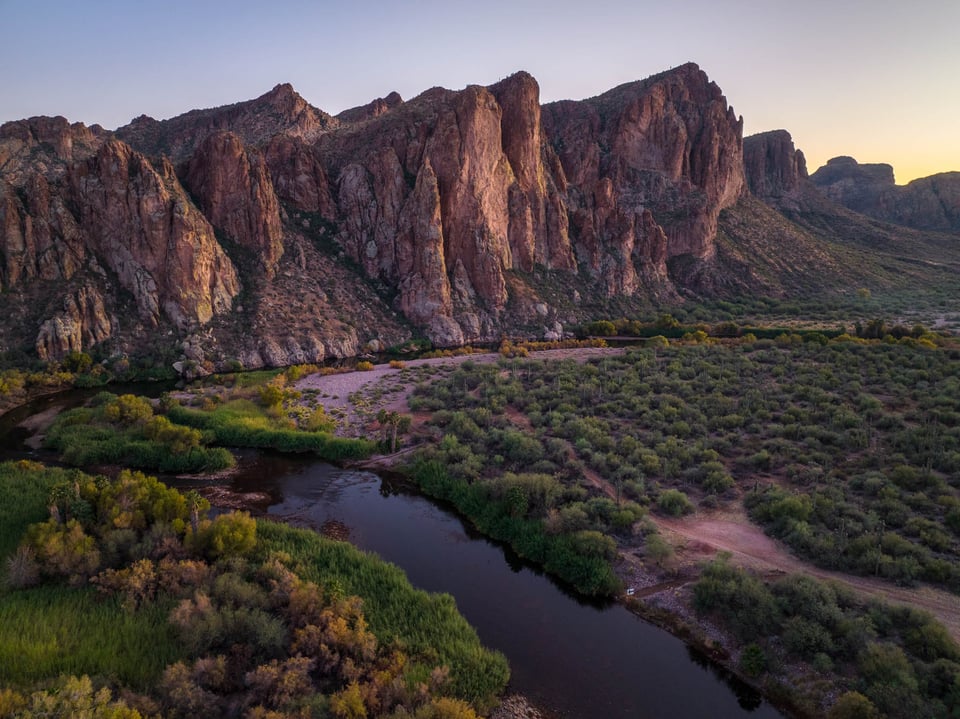
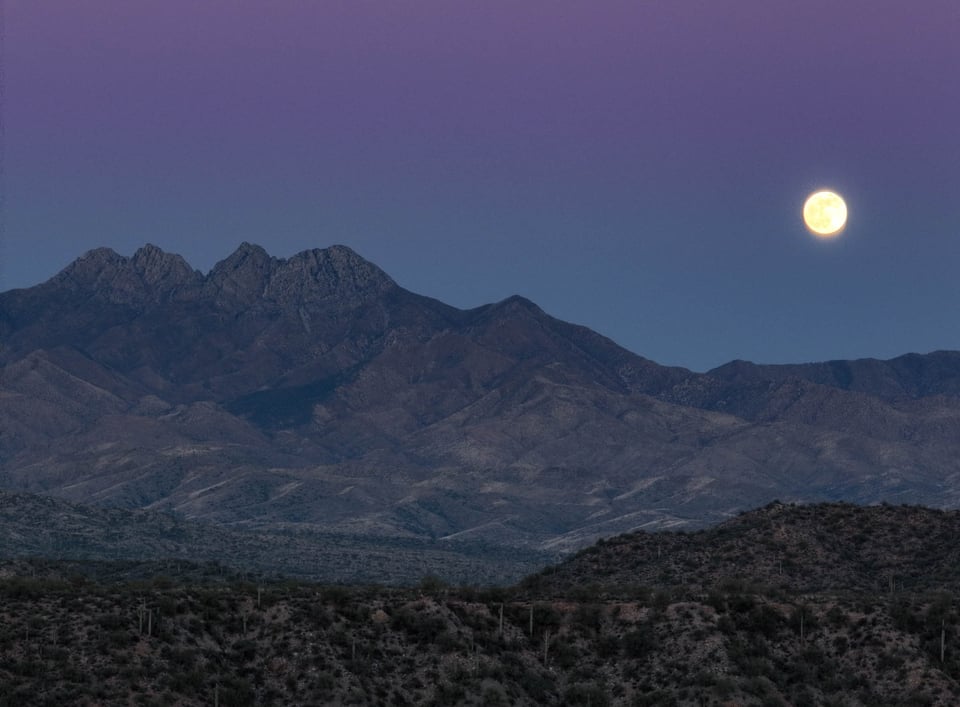

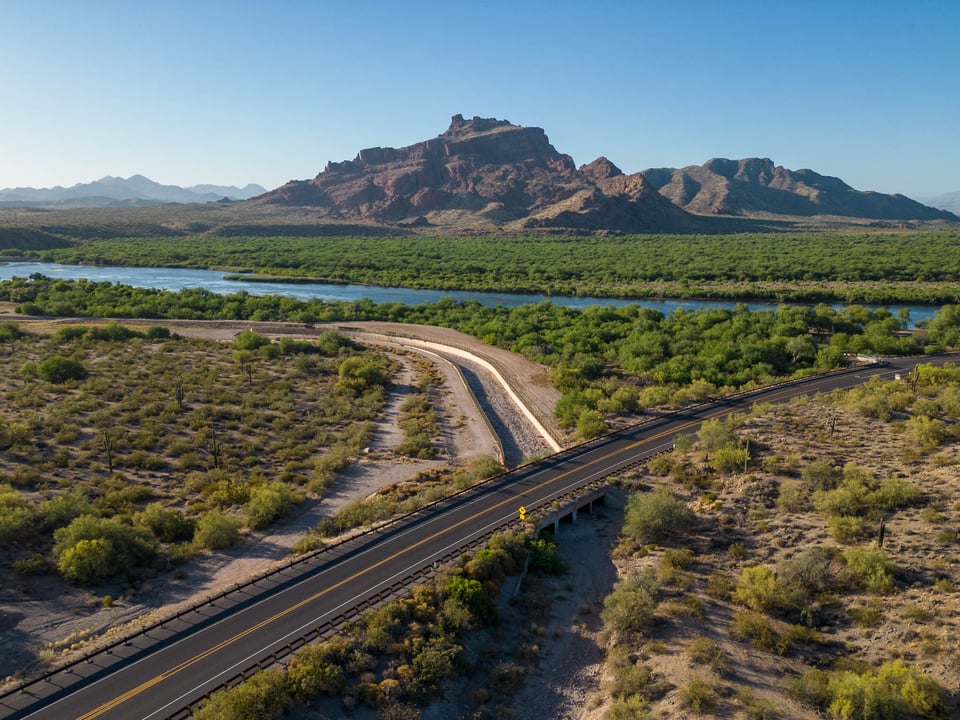
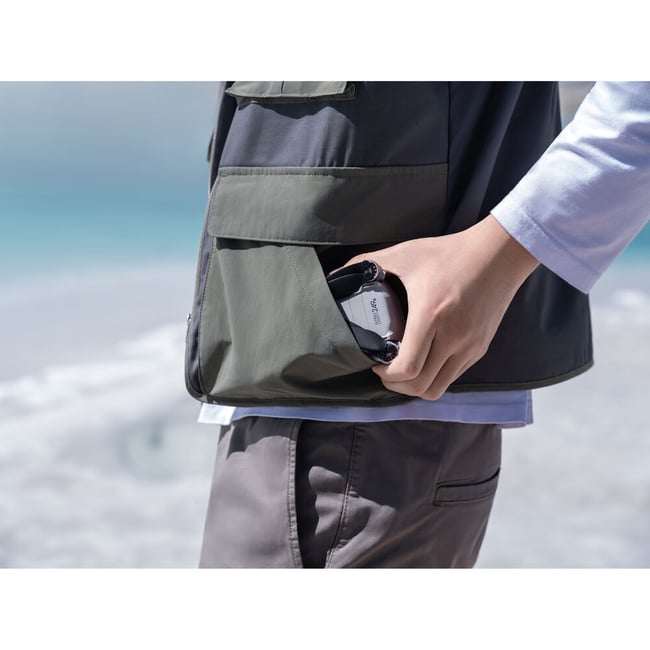
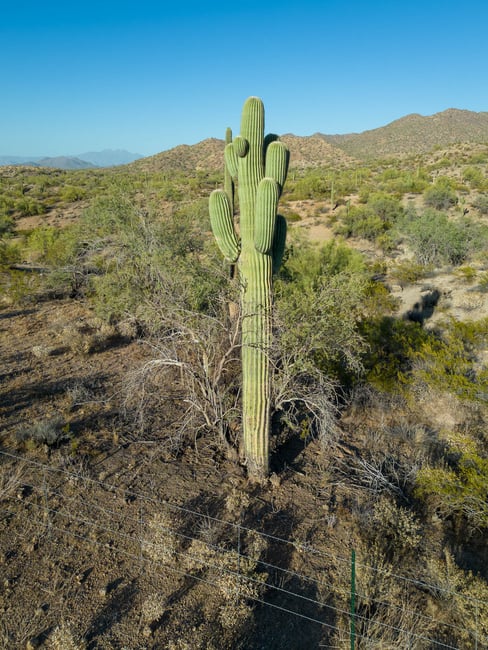

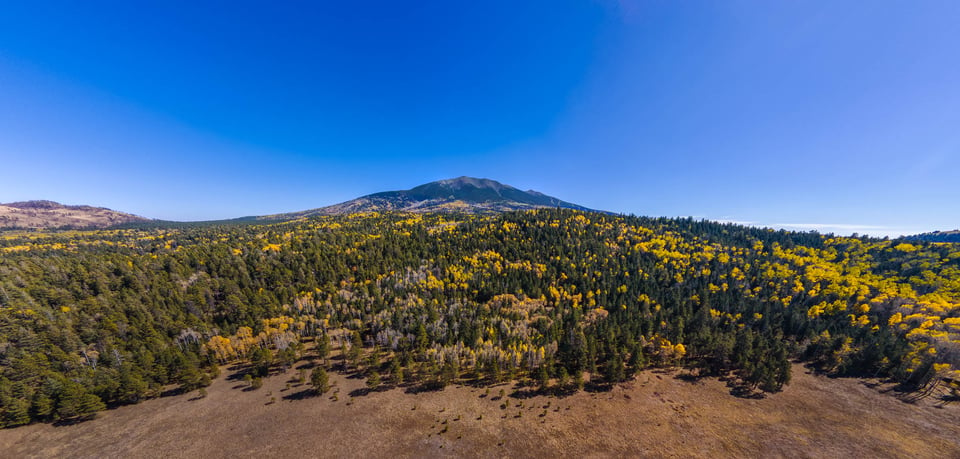

تعليق